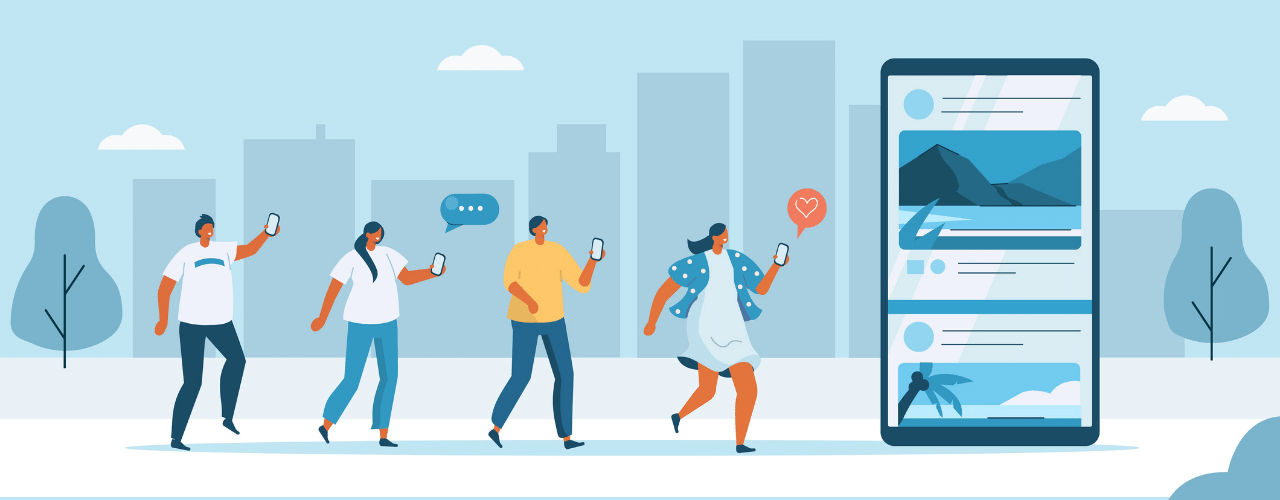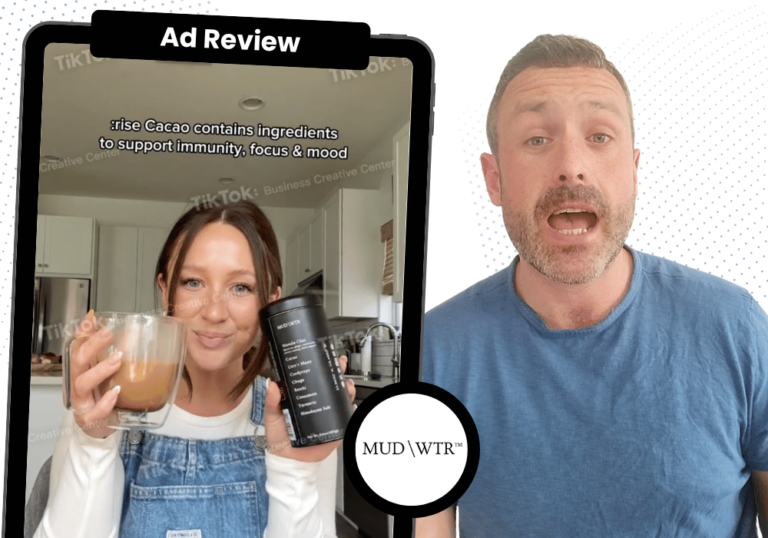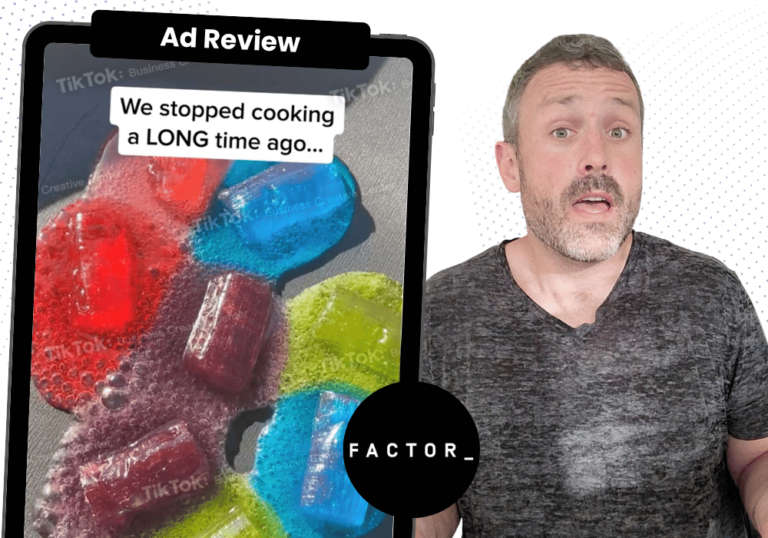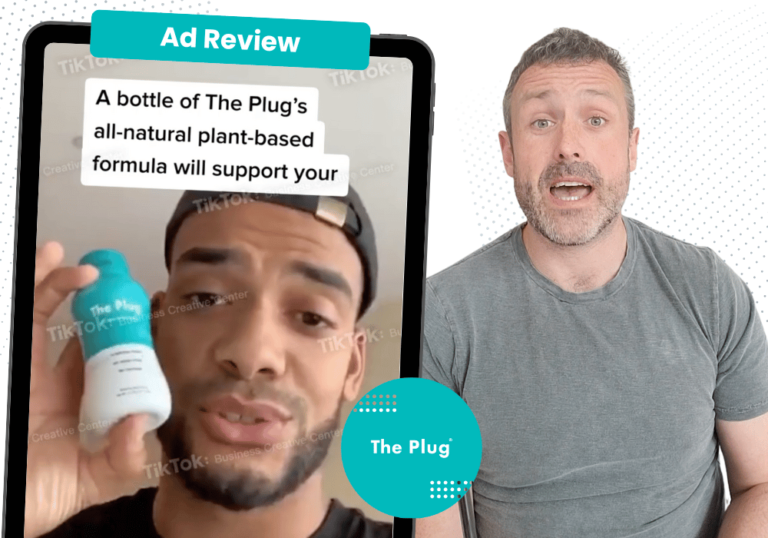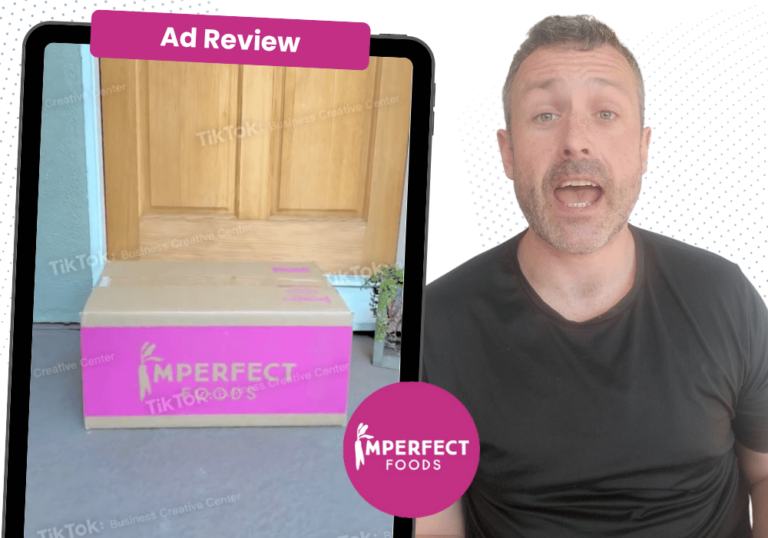Should you run ads for videos as well as images? Should you cap your bidding to save money? Is constantly testing the right call of action? If all these questions are running through your head as a first time advertiser then this is the right place for you. Today, we’ve compiled a list of Paid Social bad practices to help you avoid mistakes that we’ve made in the past. So, let’s jump right into it!
@facqtmedia these paid social practices are a big no-no. ❌ #advertisingtok #advertisingtiktok #marketingtok #marketingtiktok #paidsocial #paidsocialmedia #paidads #digitaladvertising #tiktokads #tiktokadstips #facebookads #facebookadstips #socialmediamarketing #socialmediahacks #fyp #advertisingagency #adagency
Here are 7 paid social bad practices we want to share with you:
? Don’t cap your bidding.
Don’t add a maximum amount to your bid. Let Facebook run your ads with no cost limits. It sounds a little extreme but by capping your cost, you are limiting Meta’s machine learning from being able to determine your ideal audience. This means your ad could be sent to people who won’t make any conversions. So you’ll end up spending more on less. When it comes to Paid Social Advertising, the more control you give the algorithm, the better results you’ll get.
? Don’t just run videos.
According to Facebook, using mixed assets can lead to better performance. That means you need to use a combination of images and videos in order for your ads to work. While video ads are going to give you optimal performance and make up the majority of your ad spend, there is a mindset for image ads too. This is going to give you a lower CPM (cost per 1000 impressions) which will also help lower your CPA (cost per acquisition) because you have a full array of creatives based on your audience’s mindset in that particular moment.
? Don’t constantly test audiences.
Instead of changing your audience every chance you get, you should just stick to one or two. By testing so many different audiences and changing your audience mid-performance, you’re not helping anyone. As a matter of fact, you’re lowering your chances of getting any results by doing this. It’s important to choose one group of people to send your ads to and go from there.
? Stop microtargeting.
Microtargeting is when you make a ton of different ad sets thinking that it’s a good strategy in reaching more people. On the contrary, we are not more intelligent than Facebook’s machine learning. Which means we do not know the behaviors and interests of our audience as well as they do. So by microtargeting, you are not letting them find your ideal audience with the best of their ability. Because of that, it’s not an effective strategy.
? Don’t use the traffic objective.
In creating your campaigns, refrain from choosing traffic as your objective. It was designed to bring people directly to your website or app but in reality, it does nothing for acquisition. Allow us to explain.
Traffic objective will get you a lot of cheap clicks. However, that audience is not designed to purchase anything from your website. They are designed just to click, go to your website, and leave. Most likely, they aren’t going to come back either because they have no narrative to stay or to do anything. For example, you could be targeting a teenager who has no money but loves clicking on stuff. Ultimately, it wastes your time and money.
Whereas with acquisition, Facebook will search for people who are most likely to interact with the event you set up to be your objective. So if your campaign objective is to purchase a product, those clicks may be more costly but they will be of a higher quality. In short, your cost per click is actually relative to what they’re doing.
? Don’t include audience network.
When you advertise on audience network, you are not advertising on Meta’s family of networks such as Instagram and Facebook. Instead, you are advertising to a partner network. Therefore, it’s not as controlled and it’s not as high a quality as you would expect.
Fun fact, we tried and tested this theory. We created a Facebook ad and checked the box for “audience network” and where did our ads go? Tinder. That’s right. They advertise your ad to a wide variety of platforms where you don’t have control over the audience’s mindset. In short, if you want acquisition, the audience network isn’t going to be your best play for small to medium-sized businesses.
✏️ Don’t use lead generation ads.
These are ads that are native to the platform. So instead of going to a landing page when you click on the ad, it opens to a lead form. This comes with an instant autofill. Then when you click on submit, your info is sent to them but you continue scrolling through Facebook without leaving their website.
Initially, it gives you a lower cost per lead. But every time we ran those tests, they don’t perform. Yes, it’s a low CPL. But the next down funnel step in B2B Marketing is Marketing Qualified Leads (MQL) and Sales Qualified Leads (SQL). Lead generation ads provide you with a low MQL but they don’t convert to SQL which is the main goal. As a result, your actual cost per SQL will be higher. But when you send them to a landing page, it will have a higher MQL but a better conversion rate to SQL. This is closer to the sale so it’s a better evaluation of how good the quality of the lead is.
Bottomline, there’s more you can achieve with your ads when you have more knowledge on the things you shouldn’t do. By understanding all these Paid Social Bad Practices, you can save time and money for advertising. Plus, none of your efforts will go to waste. Moving forward, let’s build our ads by learning from our mistakes with a much better understanding of all the different advertising strategies we can use. Reach out to us if you have any questions and comment down your thoughts below!
Click here for more blogs on Paid Social Advertising.
Facqt Media has been recognized as one of the Top Digital Marketing Agencies In San Francisco by DesignRush.

